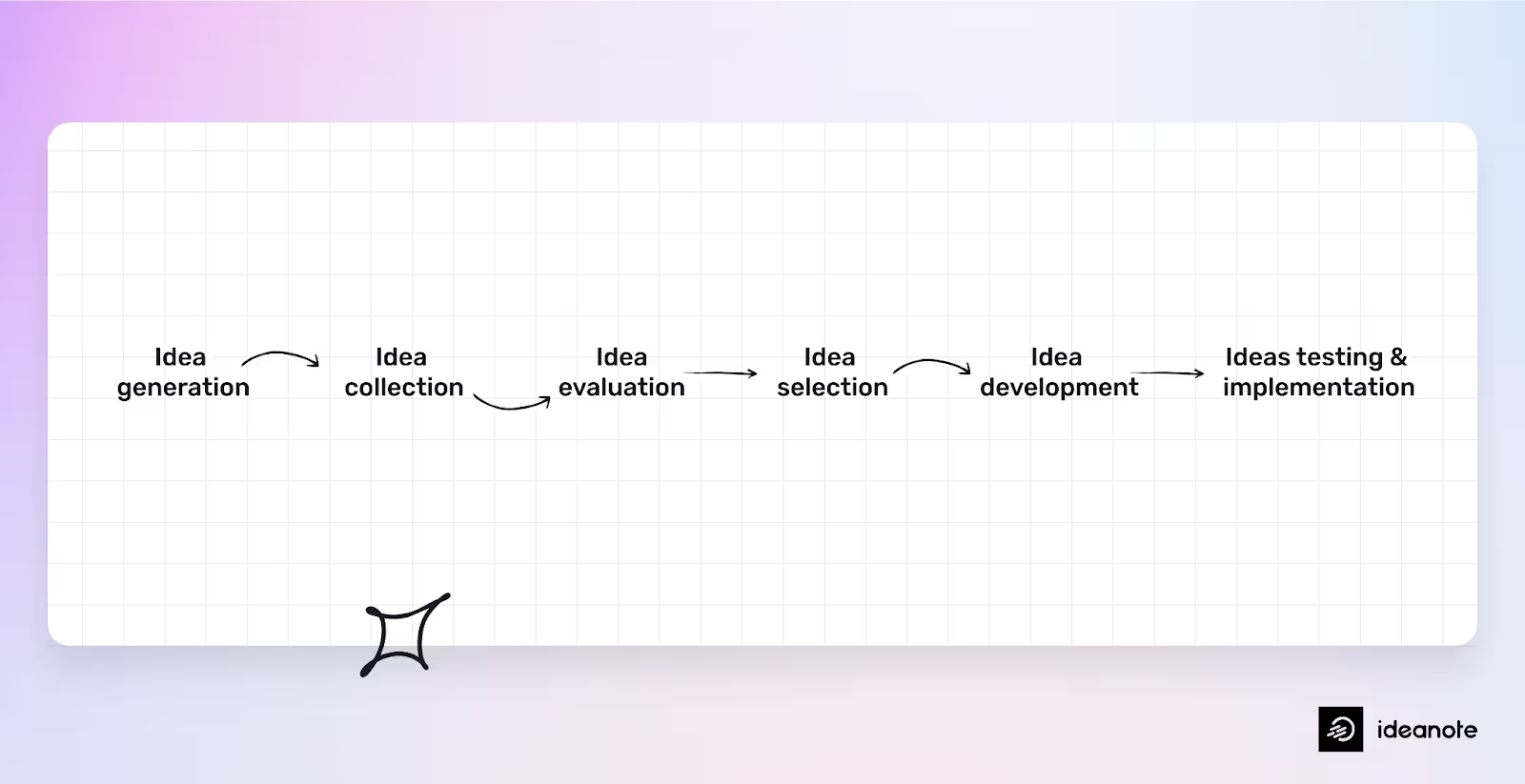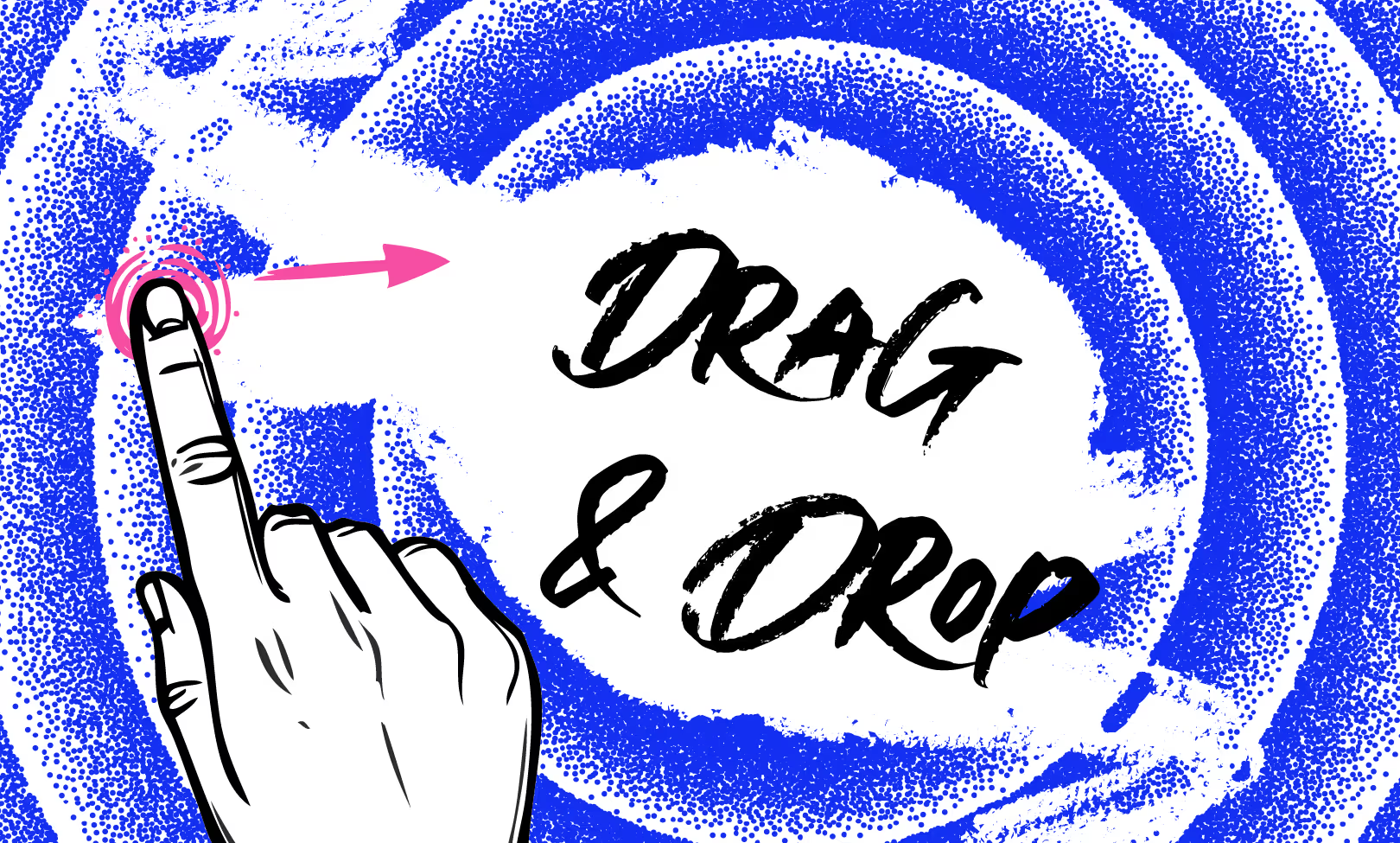
The Suggestion Box Reborn From the Ashes in 2024
In the corner of countless offices once stood a quiet, unassuming box—a relic of optimism and innovation. The suggestion box promised employees a voice, a chance to reshape their workplace. But promises faded. It became a depot for forgotten ideas, collecting more dust than wisdom. In 2024, its story takes a twist. Enter the digital era, where automation and AI reclaim and redefine this artifact, turning chaos into clarity and anonymity into collaboration. Can a tool so antiquated be reborn?
Once a treasure chest of ideas, the suggestion box has a relatively long history. It can be traced all the way back to 1770 when the British Navy implemented it for the first time in its recorded history.
Even back then, clever business owners were well aware that their employees were full of valuable ideas that could contribute to the growth of their businesses. They understood the importance of managing ideas and tapping into that precious resource. The suggestion box was the first-ever channel for gathering those ideas.
But even though the concept behind the suggestion box is fantastic - think creativity, inclusion, communication, knowledge-sharing, and even customer feedback - it doesn't work anymore.
In the age of digital evolution, relying on a box with ideas scribbled on pieces of paper is as outdated as using a flip phone in a world of sleek smartphones.
In this guide, we’ll discover why the traditional suggestion box no longer works and how to redefine it through digitalization, automation, and AI.
The Traditional Suggestion Box is Outdated
The traditional suggestion box started its slow decline in 1995. For years, it’s become more and more neglected and forgotten, gathering dust in the corner of the office. Finally, it’s become so outdated and useless that it’s even turned into a meme.
In the era of interactive and collaborative idea-sharing solutions, the dusty old suggestion box is just too passive. Even though it started out as a great concept, its multiple flaws ultimately killed it.
The Suggestion Box is not a structured way to collect ideas
The traditional suggestion box is pure chaos. Throwing ideas written on scraps of paper into physical boxes placed around the office leads to a collective mess.
No one knows which box to toss which ideas into because there’s no context and no segregation. No one knows what’s inside because there’s no way to track it. As a result, ideas get easily lost, and even if they don’t, there’s no filtering system to make sure only the relevant ones are evaluated.
One-way communication kills the initiative
One-way communication is not satisfying, and it kills the initiative. The suggestion box intends to build trust, inclusion, and transparency. But sadly, it often ends up doing the opposite.
Instead of inspiring employees to openly share their ideas, it makes them hide behind often anonymous pieces of paper. Because of this complete lack of transparency, it excludes them from front-end innovation.
And since there’s no follow-up process, ideas can easily end up lost in the void, never seeing the light of day or getting any attention.
Also read: Creating a Continuous Idea Pipeline for Innovation
It doesn’t acknowledge contributors
Have you ever shared your ideas with companies whose services you love, only to be met with silence? It's disheartening, isn't it?
When you take the time to contribute your ideas and don't receive any feedback or acknowledgment, it can make you question whether they truly care. That kind of indifference can leave you feeling numb.
That numbness isn’t good for business because every active idea contributor wants to feel appreciated and validated for their effort.
The ideation process thrives on conversation and collaboration. The idea submitters need feedback or acknowledgment to feel motivated to contribute. If they stop receiving feedback, they’ll eventually stop submitting ideas altogether.
It lacks transparency
Even if the ideas thrown into the suggestion box get seen, they only get evaluated by a few selected people. This approach lacks transparency and leaves employees questioning whether the people in charge of the evaluation can identify the full potential of their ideas.
It would be more beneficial to let the idea be challenged by other people before dismissing it altogether. After all, the more people take part in the evaluation process, the more fresh perspectives and alternative points of view the evaluators can gather.
This lack of transparency also makes people question whether those who submitted the idea are being accurately accredited and rewarded for their contribution.
Also read: Idea Meritocracy: The Way to Collective Decision-Making
It’s just not convenient at scale
The passive, chaotic way of collecting ideas and relying on physical location prevented the suggestion box from becoming a scalable and long-term solution. You cannot implement something at scale when it lacks structure and is constrained by space and time.
Different teams, departments, and employees have their own work habits, locations, and office hours. And most of all, they have different skill sets, personalities, and points of view.
Regardless of their location, language, or office hours, they should be given an equal opportunity to share their unique ideas that can contribute to the company’s growth. And placing a few suggestion boxes in different corners of the office isn’t enough to achieve this.
An ad-hoc idea collection process inherent to the suggestion box isn’t optimal, either. Especially when you have a large, international team spread across different locations and time zones, what you need is a structured process that can overcome geographical and linguistic barriers.

The Suggestion Box Reborn with Digitalization, Automation & AI
In the era of digitalization, the physical suggestion box eventually had to give way to its enhanced digital cousin. The digital version solved every problem the traditional box faced. It brought order to the idea collection process, eliminated space limitations, and improved transparency and scalability.
The digital suggestion box takes the form of an idea management software that collects, tracks, and manages a large number of suggestions. It’s a transparent and collaborative platform that enables idea sharing, collection, and management.
This evolution proves that the idea behind the suggestion box is still as relevant as ever. We just had to adapt it to the digitally-driven corporate reality we live in today.
Also read: Keys for Enabling Blue Sky Thinking in Your Business
A digital suggestion box makes idea management easy
The digital suggestion box makes idea management as easy as ABC. It reunites all ideas in one easily accessible place and creates a clear and organized workflow that guides those ideas through every step of the management process: from collection and categorization to evaluation and implementation.
The digital box eliminates manual processes and helps its users save hours of their time. The implementation of AI makes the idea collection process even more structured, cleaner, and efficient.
AI can spot duplicate ideas, merge multiple similar ideas into one, and score ideas on a scale from really bad to very promising. It also clusters ideas and suggestions automatically, eliminating the need for manual sorting.
What’s more, the automated features allow for ideas that receive the right amount of votes or positive evaluations to be moved to the next stage of the process without manual intervention. This prevents ideas from being forgotten and ensures that only the best ones naturally progress toward implementation.

A digital suggestion box is inclusive and collaborative
The digital suggestion box solves the problem of collecting large amounts of ideas from international and cross-department teams. Not only does it allow you to crowdsource tons of ideas and suggestions from many people, but it also removes physical and linguistic barriers (thanks to its automatic translation feature).
It’s a collaborative tool that lets people work together on one idea to adapt it to the needs of the business. The ability to comment, vote, and suggest changes to other people’s ideas makes the back-and-forth adaptation process smooth and easily manageable for everyone.
What’s more, the digital suggestion box allows you to involve anyone you want in your idea management process. You can invite the people who are relevant and important to a specific idea to participate in its evaluation, adaptation, and implementation.
Also read: The 10 Best Crowdsourcing Tools on The Market
A virtual suggestion box is intuitive & engaging
Most people nowadays are active on at least one social media platform, like Facebook, Instagram, Twitter, or LinkedIn. We spend a lot of time on these platforms because they’re built in a way that makes us want to keep using them.
The same goes for digital suggestion boxes. Just like social media platforms allow users to comment on other people’s posts, digital suggestion boxes allow them to comment on other people’s ideas. This creates an aspect of gamification that makes this tool fun and engaging to use.
In addition, digital suggestion boxes also introduce the element of idea validation, similar to likes and shares on social media platforms.
The more likes your post gets, the more motivated you feel to keep posting. With digital suggestion boxes, the more contributors feel that their ideas are being taken seriously, the more motivated they feel to continue. This fosters a positive cycle of continuous idea generation.
This gamification aspect is exactly what brought the concept of the suggestion box back to life. It makes coming up with ideas an active part of people’s professional life that can contribute to their success in the workplace.
Plus, the AI capabilities inherent to digital idea boxes can significantly improve engagement. This advanced tool allows you to set up AI copilots that simulate human comments.
For example, a grumpy bot can add grumpy comments, while the risk-averse bot can raise concerns about the risks associated with specific ideas. Of course, these AI copilots won't match the quality of genuine human input, but they can at least point things out.
FAQs about Digital Suggestion Boxes
What is a digital suggestion box?
A digital suggestion box is a platform powered by automation and AI that makes collecting and managing ideas easy. It allows managers to collect ideas from their employees at scale and organize them without much manual intervention.
How to create a virtual suggestion box?
All you need to do to create a virtual suggestion box is to choose an online platform or software that allows users to submit their suggestions digitally and customize it to fit your business's needs.
Why suggestion boxes don’t work?
The traditional suggestion box makes collecting ideas chaotic, so tracking and evaluating them properly becomes challenging. Also, its physical limits make it impossible to gather ideas from cross-departmental and international teams. It's simply outdated and doesn't fit the modern corporate reality.
Next up to Read:
Transform Ideas into Action with Ideanote Today




